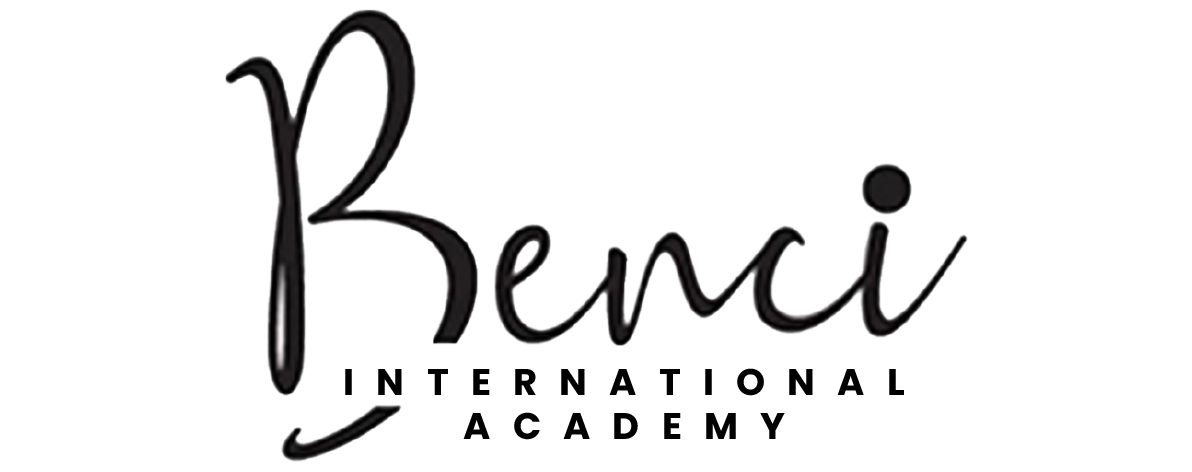Long, luxurious locks have always been a symbol of beauty and confidence. While not everyone is blessed with naturally long and thick hair, hair extensions have become a popular solution to achieve that dreamy mane. Whether you’re looking to add length, volume, or even experiment with different colors, hair extensions offer a versatile way to enhance your hair. In this comprehensive guide, we’ll explore the different types of hair extensions, their application methods, and essential maintenance tips to keep your extensions looking fabulous.
Types of Hair Extensions
Before diving into maintenance, it’s crucial to understand the various types of hair extensions available. Each type has its unique characteristics and application methods. Here are some of the most common types:
1. Clip-in Hair Extensions:
Clip-in extensions are temporary and user-friendly. They come in wefts with attached clips, making them easy to install and remove at home. Clip-ins are excellent for adding volume and length for special occasions.
2. Tape-in Hair Extensions:
Tape-ins are semi-permanent extensions that are attached using double-sided tape. They lie flat against the scalp and are typically reused with maintenance appointments. They provide a natural look and can last several weeks.
3. Sew-in or Weave Hair Extensions:
Sew-in extensions involve braiding your natural hair into cornrows and sewing wefts of hair onto the braids. They are a semi-permanent option that can last several months with proper care. Sew-ins are known for their durability and versatility.
4. Micro-Link or Micro-Bead Hair Extensions:
Micro-link extensions are applied using small, silicone-lined beads that hold individual strands of hair in place. They are a semi-permanent option and are often favored for their flexibility and natural movement.
5. Fusion or Bonded Hair Extensions:
Fusion extensions use a keratin-based adhesive to bond individual hair strands to your natural hair. They provide a seamless look but can be more time-consuming to apply and remove.
6. Halo Hair Extensions:
Halo extensions are a unique type that features a single weft of hair attached to a wire or “halo.” The halo sits on top of your head, with your natural hair pulled over it, creating a natural and comfortable look. They are temporary and easy to wear.
7. Synthetic vs. Human Hair Extensions:
Extensions can be made from synthetic fibers or real human hair. Human hair extensions are more versatile, as they can be styled and colored just like your natural hair. However, they are typically more expensive than synthetic options.
Hair Extension Maintenance Tips
Once you’ve chosen the right type of hair extensions for your needs, proper maintenance is crucial to ensure they look fabulous and last as long as possible. Here are essential maintenance tips for various types of extensions:
1. Washing:
- Use a sulfate-free, gentle shampoo and conditioner on your extensions.
- Avoid applying conditioner near the roots, as it can loosen tape-ins or weaken bonds.
- Gently detangle your extensions with a wide-toothed comb or a special extension brush.
- Don’t wash your extensions daily; 2-3 times a week is usually sufficient.
2. Styling:
- Use heat protectant products before styling your extensions with heat tools.
- Avoid excessive heat, as it can damage the hair.
- Curl or straighten your extensions before attaching them for clip-ins or halos to prevent strain on the extensions themselves.
3. Sleeping:
- Braid or tie your extensions in a loose ponytail before sleeping to prevent tangling.
- Consider using a silk or satin pillowcase, which can reduce friction and minimize tangling.
4. Coloring and Cutting:
- If you plan to color your extensions, consult a professional colorist who has experience with extensions.
- It’s best to have extensions trimmed and shaped by a stylist who is familiar with extensions to maintain their integrity.
5. Maintenance Appointments:
- For semi-permanent extensions like tape-ins, sew-ins, and micro-links, schedule regular maintenance appointments at your salon. This may include re-taping or re-sewing to keep the extensions secure.
6. Protective Styles:
- When swimming in pools or the ocean, wear a swim cap to protect your extensions from chlorine or saltwater damage.
- Consider wearing a loose braid or updo during intense physical activities to prevent tangling and breakage.
7. Avoid Overuse:
- Don’t wear clip-in or halo extensions daily, as they can put strain on your natural hair.
- Give your hair and scalp regular breaks from extensions to prevent damage.
8. Proper Removal:
- Follow the recommended removal process for your specific extension type to avoid damaging your natural hair or the extensions themselves.
9. Hydration:
- Keep your extensions hydrated with leave-in conditioners or hair oils, especially if they are human hair extensions. Avoid getting product near the roots for semi-permanent extensions.
Conclusion
Hair extensions are a fantastic way to transform your look, add volume, or experiment with different hairstyles. However, to keep your extensions looking stunning and in good condition, proper maintenance is key. By following the tips outlined in this guide and consulting with a professional stylist when needed, you can enjoy the beauty and versatility that hair extensions offer. Whether you choose clip-ins, tape-ins, sew-ins, or any other type, your extensions can be a valuable addition to your beauty routine, enhancing your confidence and overall style.



